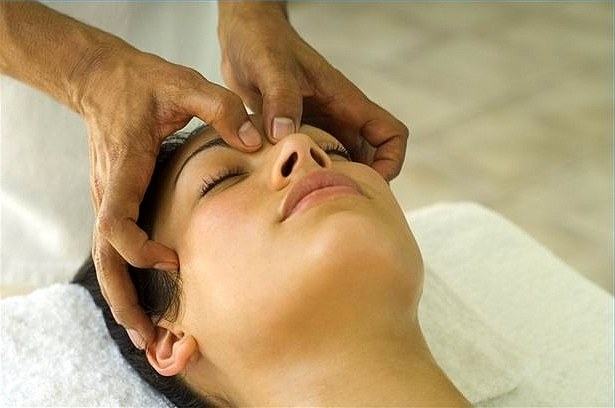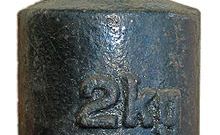Stroking neck
You'll need a stick-type rolling pin with a length of two feet. Take her hands, behind your neck and Pat its neck, spinal muscles from the top down, helping the blood flow from the brain. Do these movements every day three or four times for 15 minutes.
Massage of the neck muscles
Widely spread your fingers and put them on the back of his head. Thumbs apply pressure to the place where it starts to neck muscles. These are two bulges that are in the lower part of the neck, they are very sensitive, if you press on them. Smooth, steady your thumbs to massage the neck muscles from the top down for 15-20 minutes, preferably immediately after waking and before going to sleep.
The head tilts
Tilt the head first up and down then left and right, alternately pressing the chin to chest, ears to shoulders. Only very smooth, slow, fast, sudden movement may cause pinching of the vertebrae! Do 10-15 times every day for three to four passes. Gradually complicate the exercise, creating hands resistance to bending.
Head rotation
Make circular movements of the head: clockwise and in the opposite direction. Exercise too should do it very smoothly, without sharp jerks with a periodicity of the previous job. If you feel that you are beginning to feel dizzy, take a break or go to the next exercise.
Hedgehog
Lying on your back, grasp the knee with both hands and slowly bring the bent leg to the chest – the hedgehog rolled into a ball. Then the very same, only in reverse order: gradually Attaleia legs from the breast, taking the original position. Smoothly raise your arms up and stretch with pleasure. First do the exercise three or four times, gradually bringing up to ten to fifteen times.
On all fours
This exercise is more difficult. His task – to walk on all fours, but not on the floor, and low and long (preferably by special gymnastic) bench. Of course, you need to maintain balance. Exercise should be done slowly, quietly. First move on the bench two or three times, then gradually increase the number of passes up to eight-ten times. If necessary, do it in between breaks.
Inhale – exhale
Breathing exercises allows you to relieve muscle spasms and reduce intracranial pressure. Classical exercise: sit comfortably, inhale through your nose deeply and hold the air in the lungs, not breathing for a few seconds. Then turn the lips in a narrow tube with a light force to smoothly exhale it. Do this relaxing exercise from one to five minutes.










